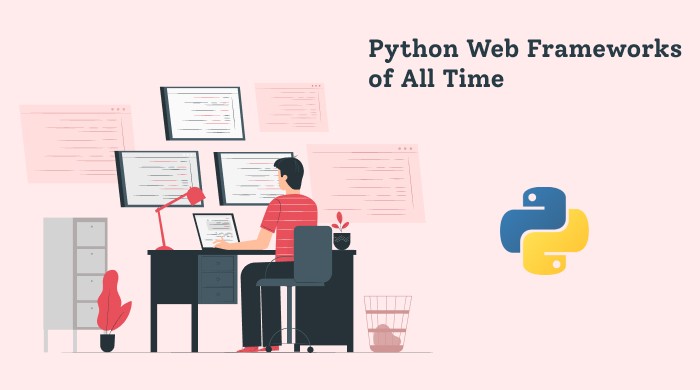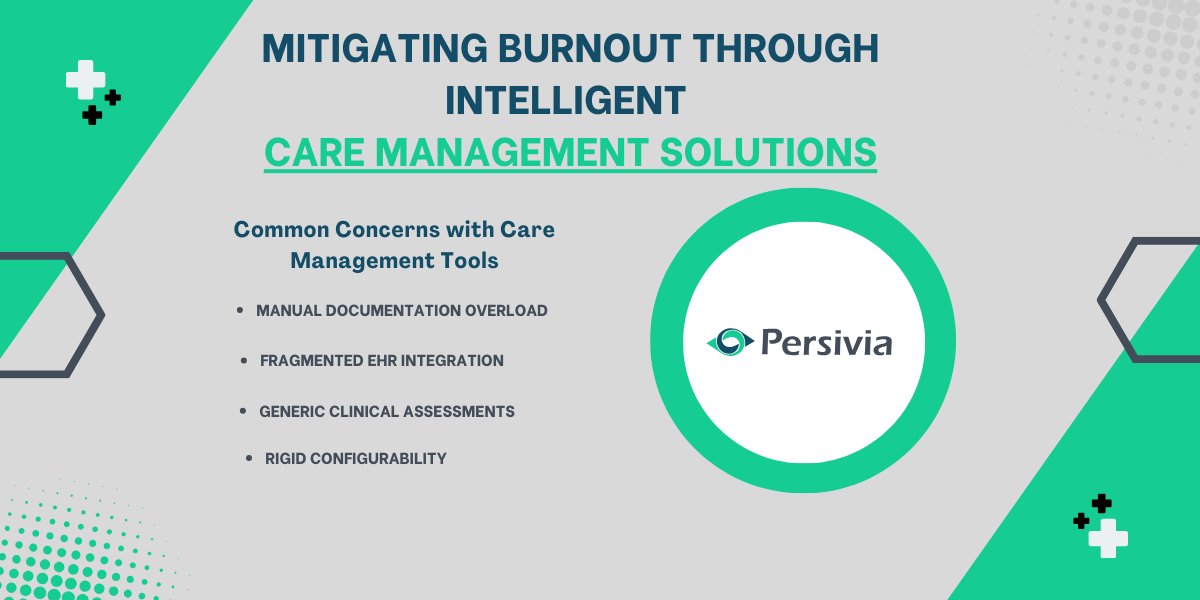
20+ Python Web Frameworks Of All Time
Python has been the simplest and the most powerful programming languages among all others. The features of object-orientation and flexibility make it easy and effective. It enables developers to find solutions to their problems with its high-level data structures, easy syntax, and dynamic semantics.
Python is therefore ideal for scripting, quick data analysis, and web development. It enables developers to reuse code and perform modular programming. As a result, it makes program maintenance cost-effective.
Python doesn’t have any in-built features, and therefore, developers need to depend on frameworks to accomplish their various programming tasks. Frameworks are the modules and packages that help developers to write web apps without managing processes.
Let Us Take A Look At A Few Of These Frameworks Here.
Types of Python Web Framework
There are primarily three types of Python web framework. They are as follows.
Full-Stack Framework
A full-stack framework provides a full package to developers. They can get their requirements fulfilled from this framework such as validation, template layouts, and form generators.
Micro Framework
Micro framework is considered light-weight because of the fact that it does not consist of any additional features or functionalities. Therefore, you would not be able to find libraries, data abstraction layers, form validation, or project tools.
Asynchronous Framework
The Asynchronous framework is also a type of micro-framework. It lets developers manage a wide range of synchronized links. This framework uses the Asyncio library and is mainly built for Python.
Top 20+ Python Web Frameworks
1. CherryPy
CherryPy is a micro-framework of Python and open-source. It is object-oriented and consists of HTTP/1.1-compliant WSGI, which is a multi-looped web server.
Moreover, users can contribute using CherryPy by running its web application on all operating systems that support Python. These OSes include Linux/Unix, Mac, and Windows. While performing this task, it will not require an Apache server.
With this framework, developers can build smaller source codes. Features like modular and setup framework allow to easily manage data accessing, templating, cookies, sessions, files, and uploads.
2. Django
Django is a full-stack, open-source, and high-level framework that is quicker. With this framework, developers can build applications and work with complex codes easily and quickly. Moreover, it utilizes pragmatic designs to streamline the process of web app development.
Django comes with a wide range of amazing features such as template engine, URL routing, content management, authentication process, database schema relocation, etc. As a result, it has been the favourite of developers.
3. Tornado
Tornado is an asynchronous framework that happens to be an open-source and non-blocking web server. The primary goal of this framework is to manage asynchronous processes and offer scalability.
It uses non-blocking network I/O to measure a wide array of open connections. As a result, it is ideal for long polling, WebSockets, and web apps that require a prolonged connection for users. Moreover, it effectively resolves the issue of C10k.
Tornado has an in-built HTTP server to host applications.
4. Web2Py
It is a full-stack framework of Python and is open-source as well. With the personal IDE of this framework, you can deploy the code with one click. Also, you get tools like debugger and code editor, which allow developers to create and debug the code parallel to testing web applications.
Web2Py consists of a personal IDE that offers one-click deployment, debugger, and a code editor. With these features, developers can create and debug the code parallel to testing web applications.
It consists of a cross-platform web app framework that allows detecting errors via the ticketing system. Web2Py offers MVC structure and in-built components to handle cookies, sessions, HTTP requests, and reactions.
5. TurboGears
TurboGears is a full-stack framework of Python. It is also open-source and data-driven. The primary goal of this framework is to reduce the drawbacks of other web development frameworks. It requires minimum configuration.
Moreover, with this framework, developers can create web apps that are rich in data. It also uses ORM to offer a link between Python objects and relational databases.
6. Quixote
It is a micro-framework with open-source that provides scalability and efficiency. Developers can build highly efficient web applications using this framework with Python. Moreover, the framework does not discriminate between back-end logic and presentation.
Quixote helps developers to build web apps with traditional techniques in version 1, 2, and 3.
7. Muffin
Muffin is an asynchronous framework invented in 2015 when AIOHTTP freshly emerged. It is built on the top of asyncio module in the Python 3.4+ library. The framework offers features such as REST API, plugin systems, and admin interfaces.
This framework is suitable for small and growing web applications, and it connects Flask with URL routes. Overall, Muffin supports Python 3 and gets its configuration from files contained within.
8. Hug
Hug is also a micro-framework based on API. Python developers can use it anywhere in their web development tasks. It offers multiple interfaces to make API development easier.
With Hug, developers can easily and quickly build web applications of any kind. It uses Cython and resources that developers require in their development tasks. It also offers annotation-driven validation, supports automatic documenting, in-built management, and more.
9. Embrace
With Embrace, Python developers can effectively build API and allow their users to disburse according to their requirements.
The API advancement is available on multiple interfaces, and it offers the quickest way of building APIs.
10. Giotto
Giotto is a full-stack framework and is based on the MVC (Model, View, and Controller) structure. As a result, developers, system admins, and designers can independently work with it.
With controller modules, developers can build applications on IRC, web, and command line. The framework empowers developers to create codes that can be used and managed over longer periods, which makes the deployment of codes smooth.
It consists of a built-in cache and features that support the built-in memory data stores, namely Memcache and Redis.
11. Pyramid
Pyramid is a full-stack framework that works according to the requirements of users. In other words, it takes decisions on users’ behalf that are confined in its environment.
With the expansion of the web application, this framework stops making decisions, thereby fulfilling the goal with minimum complexity. It is suitable for all kinds of web applications. However, it is ideal for the one that keeps growing such as CMS.
With Pyramid, you can effectively manage API assignments and prototyping concepts as well. It is transparent, high-quality, and lightweight, which makes it desirable for the developers. Moreover, it is highly flexible in terms of authentication and authorization.
12. Sanic
Sanic is an asynchronous Python framework and is also open-source. Its primary goal is to provide quicker HTTP responses for asynchronous request handling. As a result, the code becomes non-blocking, quicker, and quite simpler.
The framework offers support for plugins and class-based views. It can read and write cookies. Moreover, it allows all sorts of logging such as access and error logs. Also, this structure allows you to misuse async/foresee grammar to explain your own unconventional abilities. As a result, you build unique applications using Node.js.
13. Growler
Growler is an asynchronous Python framework and is written with the use of asyncio library. Node.js and Express have been the inspirations behind the invention of this framework. It is one of the unconventional frameworks of Python, as it does not manage requests directly.
It has the potential to quickly and easily deploy complex web apps, which makes it the first choice for developers. Moreover, Growler supports various open-source packages, along with using several function decorators that allow reusability.
14. MorePath
MorePath is a web system of Python that allows getting a remarkable number of the routine go-through cases as quickly as possible.
Moreover, Python data structures will be activated into REST Web Services.
15. Circuits
Circuits is a Python framework that consists of several CherryPy’s features. However, unlike CherryPy, this framework is a perfect web structure for private applications that consistently run with multiple procedures.
It is an event-driven structure that offers outrageous assistance towards non-concurrent concurrence, non-concurrent IO sections. Developers can effectively utilize it in a different dimension.
16. Pycnic
Pycnic is the fastest web system for Python that builds JSON-based APIs. It is primarily object-oriented and inevitably upgrades for JSON APIs. As a result, it is prominent among other web structures.
The framework manages responses and JSON-based solicitations, along with assisting treats and managing the hesitated dealing within JSON. Moreover, it is dedicated to building only Web APIs.
17. Reahl
Reahl is a web system written in pure Python. It adopts natural concepts from GUI programming such as events and gadgets.
Developers can utilize the specific Python code and use various gadgets according to clients’ requirements. These gadgets are forecasted to portray client-side and server-side practices.
18. ButterflyNet
It is a fascinating library that helps you achieve a non-concurrent reliable structure that is completely secure. ButterflyNet works in Python 3.5 or other forms similar to utilizing asyncio library for all the unconventional events.
Developers can effectively accomplish setting servers and passing it to the required authentications only within twelve lines of code. Additionally, you can build a straightforward room app with 75 lines of code. Thus, it gives a clear picture of the structure.
19. Watson Framework
Watson is a Python structure, which you can utilize easily to build your application. It offers traditional designing and allows to revoke the tradition when not required.
This framework is made for Python 3.3 and others. It is based on WSGI and is an event-driven MVC web system for Python that builds electronic applications.
20. Falcon
Falcon is a micro-framework and is invented with the intention of assisting faster development of Web APIs. It is one of the most prominent Python frameworks that can build HTTP APIs without requiring the loading of dependencies in ample quantity.
This framework encourages neater designs that back HTTP and REST architectures. You can effectively use it for backend functions, and it allows headers and bodies to enter through response and request classes.
Moreover, developers use Falcon for web app development via WSGI library. Also, it effectively manages multiple requests using the same hardware. Falcon is suitable for medium and large web applications as well.
21. Pylons
Pylons is a full-stack open-source framework that focuses on rapid web application development. It is primarily created to include the highest components and features of programming languages like Ruby, Perl, and Python. You can find this framework in the maintenance mode.
Pylons offers utmost flexibility and widespread use of WSGI to facilitate reusability, which is the reason why developers choose this framework.
Moreover, it offers URL dispatch, text-based templating, cross-platform operating system with BSD license, the structure of third-party tools, and more.
22. Zope
It is a full-stack framework that stands for Z Object Publishing Environment. It is first of its kind to emerge as an object publishing practice for websites. Thus, it is a complete object-oriented Python framework.
It effectively enhances the performance using Python code as per the requirements of development tasks. You can efficiently customize web applications with this framework. Moreover, it supports Python 2 and 3.
Wrapping Up
If you intend to use Python for your web application development, then you will get to see a wide range of frameworks. In the above post, we have tried to present some of the most prominent Python frameworks that will help you have effective and rapid web app development.
However, it depends on your business and web application requirements to choose the most suitable one for you. Each of these has its unique features and functionality to cater to your needs.
Author Bio:
Harikrishna Kundariya, a marketer, developer, IoT, ChatBot & Blockchain savvy, designer, co-founder, Director of eSparkBiz @Python Development Company. His 8+ experience enables him to provide digital solutions to new start-ups based on IoT and ChatBot.

Law Firm Management: How Technology is Driving Efficiency

Most Popular Social Networks: Dominating Online Platform







